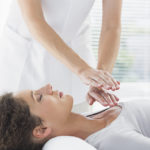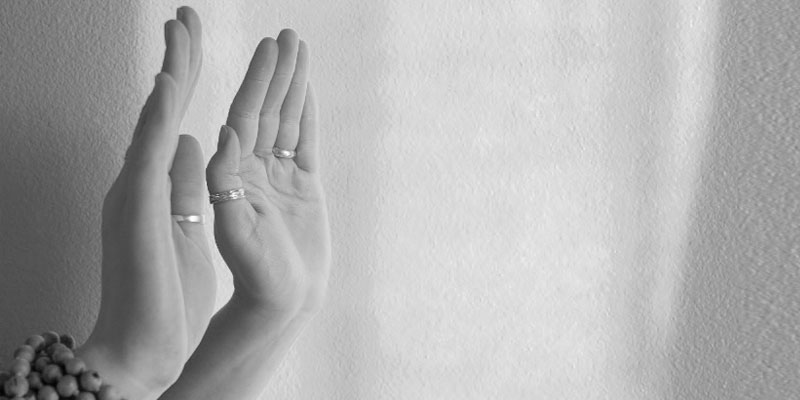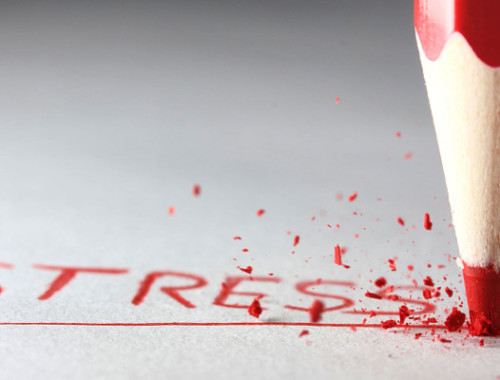Have you ever tried reiki before? As people begin to more openly accept the mind/body connection when it comes to our health and welcome the once deemed “alternative therapies” into their lives, reiki is making a powerful resurgence after all these decades. We are even starting to see it in the more clinical settings.
It is becoming increasingly common to find alternative healing therapies, such as massage or reiki, being offered in hospitals these days. Patients are seeking care that goes beyond the “norm” of traditional health care practices. And, thankfully, it seems like many hospitals are listening.
What is Reiki?
Reiki is a non-invasive healing technique based on the principle that there is energy flowing through us that is the source of our health-or lack there of. By gently laying hands on someone, a reiki practitioner can help to restore and return balance to these energies flowing through the body, reducing stress and promoting relaxation and healing.
Where’s the Proof?
 When talking about an invisible “energy”, you can see the difficulty in scientifically proving reiki’s healing benefits. This is perhaps the main reason we haven’t seen reiki in hospitals sooner or at a faster rate. There are several studies touting the benefits of utilizing reiki in hospitals as an alternative healing therapy, but there are so many more doctors and reiki practitioners who can give you countless stories of patients reaping the benefits of reiki in their journey to recovery from everything from chronic illness and surgeries to cancer.
When talking about an invisible “energy”, you can see the difficulty in scientifically proving reiki’s healing benefits. This is perhaps the main reason we haven’t seen reiki in hospitals sooner or at a faster rate. There are several studies touting the benefits of utilizing reiki in hospitals as an alternative healing therapy, but there are so many more doctors and reiki practitioners who can give you countless stories of patients reaping the benefits of reiki in their journey to recovery from everything from chronic illness and surgeries to cancer.
One thing that is clear is that more and more patients are seeking alternative therapies outside of the standard healthcare practices, which is why more and more hospitals are welcoming services like massage, sound and art therapies and reiki into their practices.
More and more patients are seeking alternative therapies outside of the standard healthcare practices.
Reiki in the Clinical Setting
Hospitals have a constant need to reduce costs while still continuing to improve patient care. This can prove to be a challenge following the typical medical model of expensive medications and equipment. As with many other alternative healing therapies, this is not the case with reiki. There is no fancy, elaborate technology required, making it a perfect way to help patients while still cutting costs for the hospital.
In 2013, it was reported that 15% of all US hospitals have adopted reiki into their practices and that number has continued to grow. Patients and doctors alike have been openly accepting of this new addition and, hopefully, it will be a continuing trend.
What Do You Think?
Would you or have you ever tried reiki? Do you think alternative therapies belong in the clinical setting? Let me know your thoughts or experiences in the comments below!





No Comments